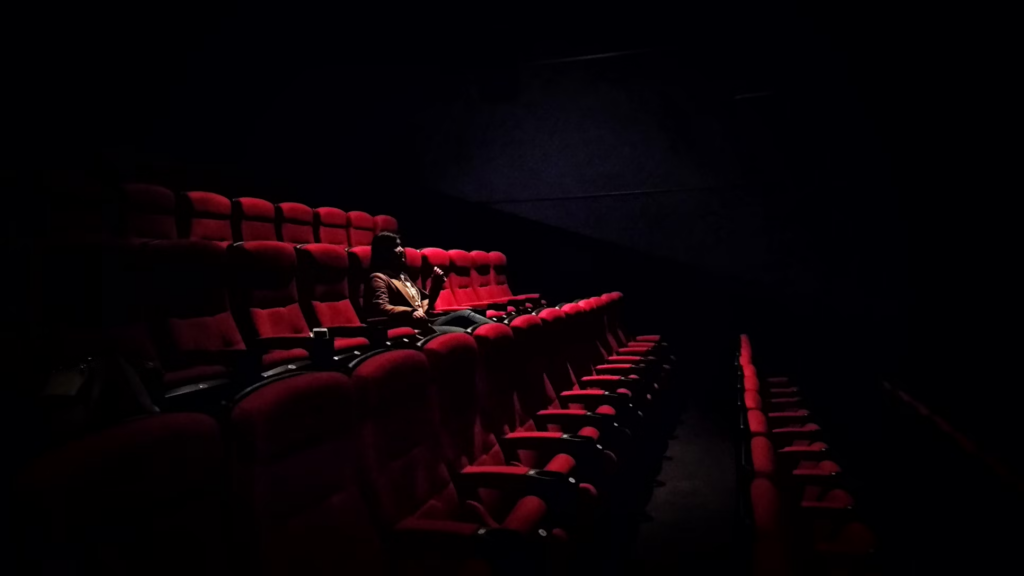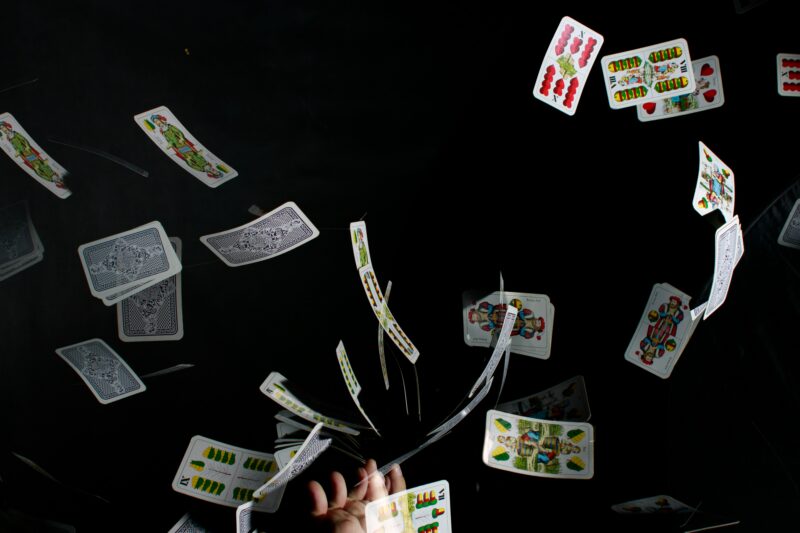
Buckle up for a mind-bending journey—one where equations meet entertainment and math plays the unseen hero in your favorite films and games. We’re diving deep into the mathematical wonders that drive storytelling, visuals, and interactivity in entertainment. Let’s explore the world of Cinematic Calculus where numbers come alive.
Act 1: Narrative Fractals—The Storytelling Blueprint
Think of a movie’s plot as a fractal—a recurring pattern that emerges at different levels. The classic three-act structure is a perfect example: setup, confrontation, and resolution. Inside each act, you find smaller narrative beats that mirror the overarching story. It’s like a story within a story, much like how fractals replicate patterns in nature.
Take Christopher Nolan’s Inception, where dreams stack within dreams. This layered structure feels like a fractal, as each dream level mirrors and influences the ones above and below. The intricacy of this narrative design showcases how math can guide complex storytelling, creating tension and curiosity. Curious about how structure affects storytelling? Check out this blog post on narrative techniques.
Intermission: The Golden Ratio—A Cinematic Secret
Let’s pause for a moment to appreciate the Golden Ratio (approximately 1.618). Found in nature, art, and even architecture, this ratio has also made its way into film. Cinematographers often frame their shots using the Golden Ratio to achieve aesthetically pleasing compositions that draw the viewer’s eye. This subtle mathematical touch creates scenes that feel balanced and naturally engaging, proving that even in cinema, math has its place.
Act 2: Mathematical Magic in Visuals—From Pixels to Parabolas
Let’s shift our focus to how math shapes the stunning visuals in both movies and games. Computer-generated imagery (CGI) relies heavily on mathematical principles. Bézier curves define smooth animations in Pixar films, while fractal geometry helps create realistic landscapes and creatures, like those seen in Jurassic Park. The precision of these curves and patterns is what makes CGI appear so lifelike and mesmerizing.
In gaming, mathematical models simulate realistic environments and physics. From the fluid water in Sea of Thieves to the destructible buildings in the Battlefield series, complex equations make digital worlds feel tangible. This blend of art and math ensures that every explosion, wave, or fall looks as natural as possible. Dive deeper into the role of math in game design with this insightful post on game algorithms.
Scene Change: Game Theory—Where Strategy Meets Story
Now, let’s turn the spotlight to game theory, the mathematics of strategy. This field helps explain the decision-making seen in films and games alike. In The Dark Knight, the Joker’s unpredictable moves challenge Batman’s calculated strategies—an example of game theory in action.

In the gaming world, developers use these principles to create balanced multiplayer experiences, ensuring that no one strategy dominates the game. This keeps players engaged, as they must adapt and rethink their approaches continuously.
Act 3: The Role of Probability—Luck vs. Choice
Probability plays a starring role in both storytelling and gameplay. In interactive shows like Black Mirror: Bandersnatch, viewers’ choices create different narrative paths, each mapped out through probability trees. This makes the story dynamic, encouraging audiences to explore every possible outcome.
Games rely on probability too—random number generators (RNG) determine loot drops, critical hits, and the appearance of rare events. This randomness injects uncertainty, making each game session unique and exciting. The balance between chance and player choice keeps players coming back, eager to see what happens next.
Plot Twist: Math Meets Emotion
Here’s an unexpected twist—mathematics even shapes our emotional experiences with entertainment. Horror films, for example, use mathematical curves to build suspense before a jump scare, creating a slow rise in tension followed by a sudden release.
In gaming, difficulty curves are carefully crafted to keep players engaged without overwhelming them. Designers use math to ensure that as players improve, the game’s challenges evolve just enough to maintain a satisfying experience. It’s this careful balance that keeps players in the “flow state,” fully immersed in the game.
Act 4: Algorithmic Artistry—The Magic of Procedural Generation
As our journey nears its end, we encounter the concept of procedural generation—an algorithmic process that creates game worlds dynamically. In titles like No Man’s Sky and Minecraft, procedural generation uses math to build expansive universes filled with unique landscapes and creatures. This technique allows for endless exploration, offering players a new experience every time they log in.
In the film industry, procedural generation has been used experimentally, such as in the short film Sunspring, written by an AI using algorithms to generate dialogue and scenes. While quirky, this film offers a glimpse into how math might shape storytelling in the future.
Curtain Call: Honoring the Mathematical Minds
As the curtain falls, let’s celebrate the unsung heroes behind the scenes—the programmers, designers, and mathematicians who use equations to bring stories and games to life.

Their contributions often remain hidden, yet they form the backbone of the entertainment we love. From coding intricate game mechanics to ensuring realistic animations, their work is the essence of the digital worlds we explore.
Encore: A Glimpse into the Future of Mathematical Storytelling
With advances in AI and machine learning, the role of math in entertainment is only set to grow. Imagine games that adapt to your playstyle in real time or films that tailor their narrative based on your emotional reactions.
Our journey through Cinematic Calculus shows that math isn’t just for classrooms—it’s an integral part of the magic behind movies and games. From shaping narratives to creating stunning visuals, mathematics is the hidden architect of our favorite entertainment experiences. Next time you enjoy a film or game, remember that behind every frame and decision lies a world of numbers. And if you’re looking to keep the excitement going with online gaming fun, Boost offers a great platform to explore.


